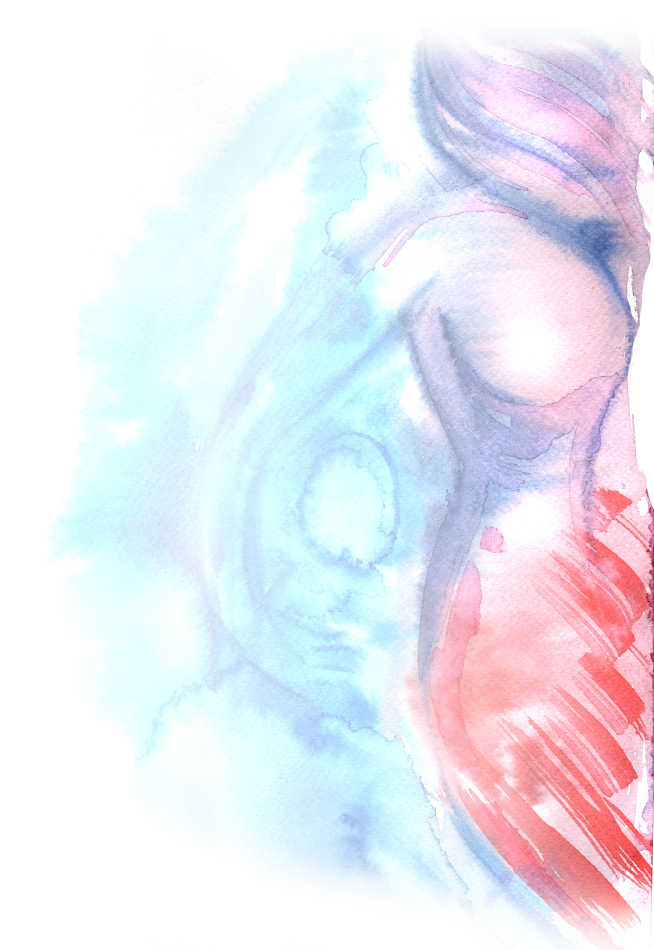
Reicha Tanwar
The recent gruesome incident of gang rape of a young college girl in Rewari, Haryana, has once again shaken the conscience of the nation. Trying to understand the reasons for the alarming increase in sexual violence in the region would help in handling the problem. An article published in ‘Social Problems’ in 2014 puts forth four macro-sociological theories of rape. One theory holds that rape is a mechanism of gender inequality. A second theory attributes rape to the proliferation of pornographic materials. A third, called Cultural Spillover Theory, maintains that cultural norms, which favour violence for socially legitimate purposes, tend to be generalised to/for other social contexts. And a final theory holds that social disorganisation reduces social constraints against rape. Added to the above theories are alcohol and drug abuse which are becoming rampant across the region. Unfortunately, misuse of technology is emerging as a major crisis in the form of downloading of pornography.
If one looks at the gender inequality in Haryana, the low sex ratio is a major indicator. According to the last census in 2011, Haryana had the lowest sex ratio at 879 and also the lowest child sex ratio of 834 in the country. The pre-selection of the sex of the child through pre-natal diagnostic methods, the termination of pregnancy in case of a female, the parental neglect of female infants leading to lower survival rates are an indication of the deeply entrenched cultural mindset. When a girl child can be killed in the womb or neglected or abandoned by the family because of her sex, sexual violence in comparison is inconsequential. As early as two years of age, children can understand their gender identity. From about three years of age they begin to choose or avoid actions and activities which they believe are inappropriate for their sex or are appropriate for the other. And from an early age boys are socialised to regard manhood as a revered and desired social status. This is because across most cultures there is a consistent belief that a real man is powerful, dominant, assertive and in control.
A research study was undertaken by the Women’s Studies Research Center, Kurukshetra University, in 2015 which interviewed youth of Haryana for their view on reasons responsible for the spiralling gender-based violence/ crime against women. The results were startling. A majority of the youth said that good political connections, networks with the police force and money power allows one to get away with the goriest of crime and therefore there are no deterrents to crime. It is well known that in a focal point market at the entry of a premier educational institution of the state, which also has a police post, all kinds of illegal activity, including drug peddling are conducted with impunity. All students of the area have easy access to all unlawful stuff.
Another significant response was that men are the dominant sex and therefore aggressive behaviour towards women is justified. In the eyes of their peer group a ‘real man’ is one who is capable of achieving his ‘goal’ even if it means resorting to violence. The research findings are corroborated by the fact that less than 25 per cent of the reported cases of rape are convicted. Some men sexualise woman as a way of affirming their masculinity, reducing women to a mere sexual object.
Political parties across the spectrum fail to understand that when recruitment in the police and education departments, in particular, is done in violation of merit, the result is that the roots of a law-abiding and sensitive society are critically damaged. Sadly, Haryana is a classic example. What can be more reflective of this flawed reality than when a woman police officer can herself be sexually assaulted in the police station. Nearly, five years ago a school-going girl was abducted and violated in Kurukshetra, as a news story reported. The story remained the best-known secret of the town as all of those involved were said to have had either political connections or police relations. And they all got away.
Ultimately, it is important to understand that until society as a whole looks at such issues with extreme seriousness and delinks personal agendas and interests; the problem is only going to get worse. However, we must remember that problems can be handled. One must begin to realise that it is imperative for a society to accept and promulgate that a violation of law is a violation, there is no such thing like a small violation, or big violation. If the panchayats of the villages had firmly handled the initial misadventures of this criminal mind, Haryana would not have had to hang its head in shame today. It is not surprising that countries that are safest to live and gender friendly also have ideal educational and policing systems.
— The writer is former director, Women’s Studies Research Centre, Kurukshetra University



























